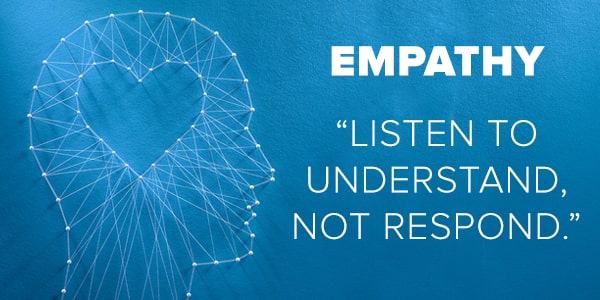Conversation & Touch

I was recently having a conversation about the profession and what benefit chiropractors bring to the entire healthcare community. While the scope of practice for chiropractors in Nebraska is wide open, I’m practice fairly narrowly in the sense that I treat back pain, headaches and other spinal/musculoskeletal conditions. I do not venture into internal disorders, supplements, long treatment plans or try to pretend to read x-rays/MRI’s as a radiologist.
The conversation that I was having was all over the place, but the general consensus that I was trying to get across to the person is that most people are going to eventually get better, treatment or no treatment, my biggest obstacle is time. I’m trying to beat time for the most part. But the idea that most of the time when a patient presents to a clinic, you tell a nurse the problem, the doctor may come in and talk for a few seconds and you will be on your way.
Now this is a fairly large generalization, but there is some truth to it. The premise is that if a patient feels that they are being heard and if they are “touched”, whether that be palpation from a physical exam or from the adjustment itself, there is something therapeutic about the entire process.
A patient in pain will eventually improve but doing the bare minimum in regards to listening and touching the patient will speed up that process immensely. While I’m not aware of any research out there to prove that physical touch with no therapy speeds up healing, it would not surprise anyone in the profession.
While I have nothing but the utmost respect for other healthcare providers, the one aspect of chiropractic that is unique to the profession is that we physically touch people. Just palpating the neck or lower back seems to be beneficial because the patient feels that they are being heard. Striving for the patient to feel like their concerns are being met with an empathetic ear and touching the painful area can go a long way for chiropractors.
I don’t ever want to get to a point where the ability to talk to the patient and find out the current issue is too much of a burden. I’ve actually had to slow my thought process down recently, to concentrate on the patient in the current room. I’m trying to take the day one patient at a time and meet the needs of the individual patient.
While this post may seem redundant, it is a reminder to myself and others in the profession to listen with a purpose, have empathy for everyone that comes into the office and touch the painful area while helping the patient through their problem. So, next time you come into my office or any other office, make sure that your concerns are being heard and your needs are being met both verbally and physically.



